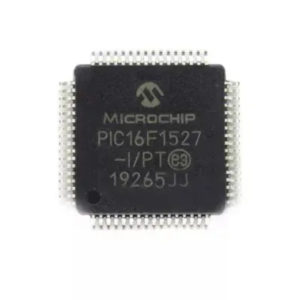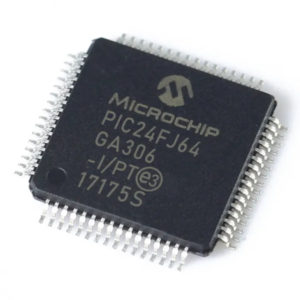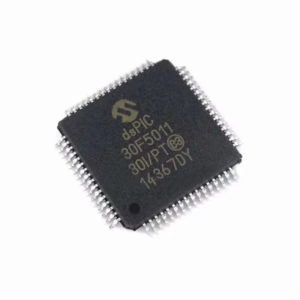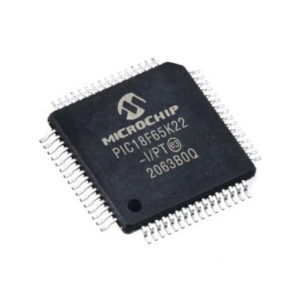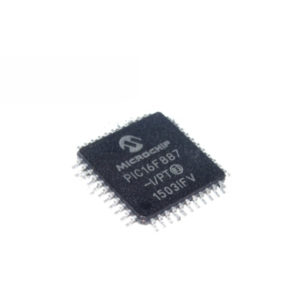EPM570GF256C5N
| Manufacturer | Altera |
| Description | IC CPLD 440MC 5.4NS 256FBGA |
| Category | Integrated Circuit |
| Package | BGA256 |
| Status | New & original |
| Ship From | HK/SHENZHEN |
| Stocks | 10,000 |
Please submit your BOM List or Input the part online
Description
The EPM570GF256C5N is a specific model number for an FPGA (Field-Programmable Gate Array) device manufactured by Intel (formerly Altera). However, please note that my knowledge cutoff is in September 2021, and there may have been updates or newer models released since then.
The EPM570GF256C5N belongs to the MAX II family of FPGAs, which are known for their low-cost and low-power consumption characteristics. This particular model features 570,000 logic elements (LEs) and comes in a 256-pin FineLine BGA (Ball Grid Array) package.
As for the specific applications of the EPM570GF256C5N, FPGAs are highly versatile and can be used in various fields and industries. Some common applications of FPGAs include:
1. Communications and Networking: FPGAs can be used in routers, switches, and other network equipment to implement high-speed data processing, packet routing, and security features.
2. Industrial Automation: FPGAs are used in industrial control systems for tasks such as motor control, process monitoring, and data acquisition. They provide flexibility and real-time processing capabilities.
3. Automotive: FPGAs find applications in automotive systems, including driver assistance systems, infotainment systems, and engine control units.
4. Aerospace and Defense: FPGAs are used in radar systems, avionics, communication systems, andother defense-related applications. They are valued for their reconfigurability, reliability, and ability to handle complex algorithms.
5. Medical and Healthcare: FPGAs can be found in medical imaging devices, patient monitoring systems, and DNA sequencing equipment. They enable high-performance processing and real-time analysis of medical data.
6. Consumer Electronics: FPGAs are used in various consumer devices such as high-definition televisions, gaming consoles, and digital cameras, to enhance performance and enable advanced features.
It’s important to note that the specific application of an FPGA depends on the design and programming implemented by the user or developer. The versatility of FPGAs allows them to be customized for specific tasks and requirements.




















































